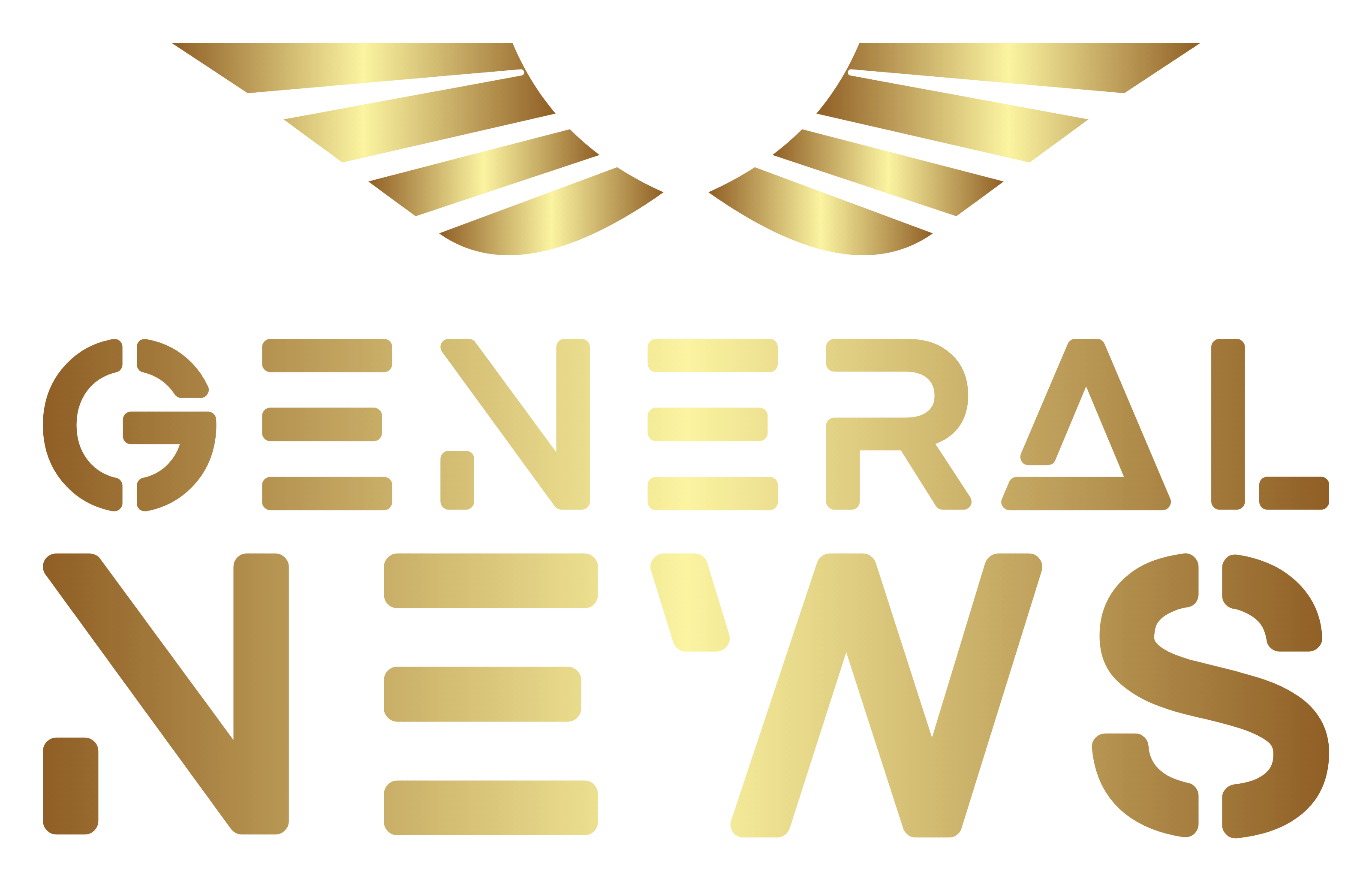The November round of the "Czech Astrophotography of the Month" competition was again won by the image of the comet Tschuchinshan-ATLAS. After all, after several years it was again a bright comet that enriched our sky, especially the evening sky. And due to its relatively short period of observability, it became a frequent object of our astrophotographers. Róbert Barsa, the author of the winning November photo, went on a hunt for this comet, this time projected over the famous Spiš Castle.
In fact, the history of comet sightings is a fascinating story that combines ancient mythology, scientific progress and modern technology. Comets have been the subject of human interest and interpretation for millennia, historically often as omens or harbingers of significant events.
The first written records of comets come from ancient China, where they were systematically recorded in chronicles as early as around 1000 BC. Similar records come from Babylon and ancient Greece. The Greeks considered comets to be fiery "stars with hair" and associated them with gods or catastrophes. Aristotle believed that comets were atmospheric phenomena.
In the Middle Ages, comets were often seen as a harbinger of wars, famines or the death of rulers. For example, Halley's Comet, observed in 1066, was associated with the Battle of Hastings.
With the development of astronomy during the Renaissance, comets began to be studied scientifically. In the 16th century, Tycho Brahe demonstrated that comets were far beyond the Moon, refuting Aristotle's view of their atmospheric nature. Johannes Kepler believed that comets move in a straight line through space. Galileo Galilei, on the other hand, was much less interested in comets.
A major breakthrough in the study of comets came in 1705, when Edmond Halley used Newton's laws to predict the return of the comet that now bears his name. Halley's comet did indeed return "almost" at the calculated time in 1758.
In the 19th century, new methods of observation emerged with the development of telescopes and spectroscopy. Astronomers began to study the composition of cometary nuclei and their gaseous tails. Major discoveries include confirmation that comets contain water ice, dust and organic compounds.
In the 20th century, scientific understanding of comets was greatly enhanced by space probes. Today, comets are intensively studied by both amateur and professional astronomers. Robotic telescopes and space observatories, such as the Hubble telescope and the SOHO solar probe, regularly discover new ones. And ESA's Comet Interceptor mission, for example, is planning further research on comets.
Comets not only provide information about the origin of the Solar System, but also inspire further searches for answers to questions about the origin of water and life on Earth.
Róbert Barsa captured the Tschuchinshan-ATLAS comet above the silhouette of the amazing ruins of the stunning Spiš Castle. Its history dates back to the 12th century, if we ignore the settlement during the Younger Palaeolithic period. A time when almost nothing was known about comets. Apart from their astrological significance.
"In conclusion, we would like to congratulate astrophotographer Róbert Bars not only for his success in the November round of this competition, which is sponsored by the Czech Astronomical Society, but also for his beautiful terrestrial-astronomical composition connecting the ancient past with the present and, in fact, a small infinity, because the Comet will (probably) never come back to us," said Marcel Bělík from the Úpice Observatory on behalf of the ČAM jury.
Author: Róbert Barsa
Title: Comet Tschuchinshan-ATLAS over Spiš Castle
Place: Spišské Podhradie
Date: 27. 10. 2024
Sensor: Canon 6Da
Optics: Sigma ART 40mm f/1.4
Assembly: Skywatcher StarAdventurer
Description: This is a panorama of 12 panels, each averaging 6×30 second frames at ISO 800, f/1.4 on a small parallactic mount with a single panoramic head. The foreground with the castle was photographed with the same settings without the drive (bottom row, 4 shots). Each panorama field processed separately in PixInsight after export from Adobe Camera Raw (no calibration images, lens profile used in ACR). Sky and foreground panorama composed in PTGui Pro, combination in Adobe Photoshop, further adjustments in PixInsight (stretch, contrast, curves).
You can see the winning images in each month and more information at http://www.astro.cz/cam/.
Czech Astronomical Society/ gnews - RoZ



